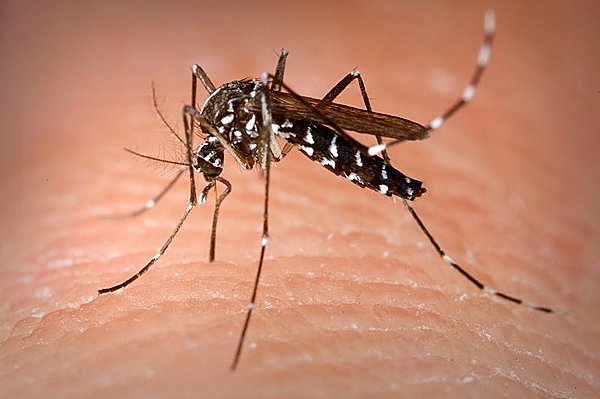
Thirty-nine-year-old Shuvai from Chikwaka village woke up feeling nauseous and feverish, but she dismissed it as the niggles that most pregnant women experience.
By Phyllis Mbanje

Little did she knew that she had contracted malaria. By noon her condition had worsened and two days later she passed away in her mother-in-law’s arms.
“Since she was pregnant, we initially dismissed it as the usual ailments that plague women in that condition. She even carried on with the rest of us at the fields,” said Shuvai’s heartbroken mother-in-law Thembinkosi Mangena.
But her condition deteriorated rapidly and before she could be taken to hospital, she breathed her last along with her unborn baby.
Shuvai becomes one of the frightful malaria statistics, with over 78 people succumbing to the disease since the beginning of the year.
Malaria remains one of the major causes of death among pregnant women in Zimbabwe and diagnosis in these women is still a challenge.
Pregnancy has been known to reduce the women’s immunity, making them more at risk of developing malaria than the general population.
- Chamisa under fire over US$120K donation
- Mavhunga puts DeMbare into Chibuku quarterfinals
- Pension funds bet on Cabora Bassa oilfields
- Councils defy govt fire tender directive
Keep Reading
Most pregnant women with malaria might not exhibit any symptoms of the disease. Their condition might go unnoticed and may lead to complications which can be fatal.
The likelihood of a miscarriage, premature delivery, still birth or intrauterine growth retardation, whereby the baby fails to grow as expected is most common in pregnant women with malaria.
The disease can also cause a pregnant woman to develop anaemia, which is a condition in which the red cells in the blood are insufficient.
Speaking from her elder daughter’s house in Westlea last week the 69-year-old Thembinkosi was beside herself with grief. She blamed herself for not insisting that Shuvai be taken to hospital.
“I should have known better,” she repeats this, shaking her head. Her haggard face bears testimony to the torrid time she and her family have gone through.
Her son, Shuvai’s husband declines to comment on the matter, but his soulful eyes betray his loss and pain. “I cannot talk about it as yet,” he says.
Zimbabwe was still battling to contain the malaria burden with 78 deaths recorded so far this year.
Although the figures are slightly lower than those for last year, more efforts were still required to curb the third most common illness in the country.
The programme manager of the malaria control unit in the Health ministry, Joseph Mberikunashe when contacted for comment recently said the malaria season was at its peak and hence the many cases.
“From mid-February right through to April cases of malaria increase because it is within the peak period,” he said. He, however, said even though any death was regrettable, the figures were showing a decline in comparison with the previous year.
This sad event comes against a background where maternal death in Zimbabwe was still unacceptably high at 525 deaths per 100 000 live births.
According to the latest health ministry report about 70 women have died while giving birth since the beginning of the year.
The incidences could also be a result of the prolonged rain season, which is very conducive to malaria outbreaks. Stagnant water becomes breeding grounds for malaria.
A Zimbabwe National Statistics Agency (Zimstat) report revealed that over 50% of the country’s population is at risk of contracting malaria despite the introduction of several measures to combat the disease.
The report indicates that 53,7% of households had at least one mosquito net, 42% had an insecticide-treated mosquito nets and 40,4% had access to a long-lasting insecticidal treated net.
Meanwhile, leading anti-malaria brand Mortein has launched a campaign dubbed; MomsAgainstMalaria this month to educate Zimbabwean women, and in particular new mothers and their children on malaria prevention.
MomsAgainstMalaria is a global campaign, developed by Mortein, in partnership with the Ministry of Health and Child Care in Zimbabwe and other global partners and in commemoration of World Malaria Day on April 25, the initiative is aimed at raising awareness and educating women at clinics across Zimbabwe about prevention of malaria.
Mortein has founded numerous different corporate social responsibility projects that target high risk malaria zones. These programmes have been successfully implemented across Nigeria, Zambia and Kenya.











